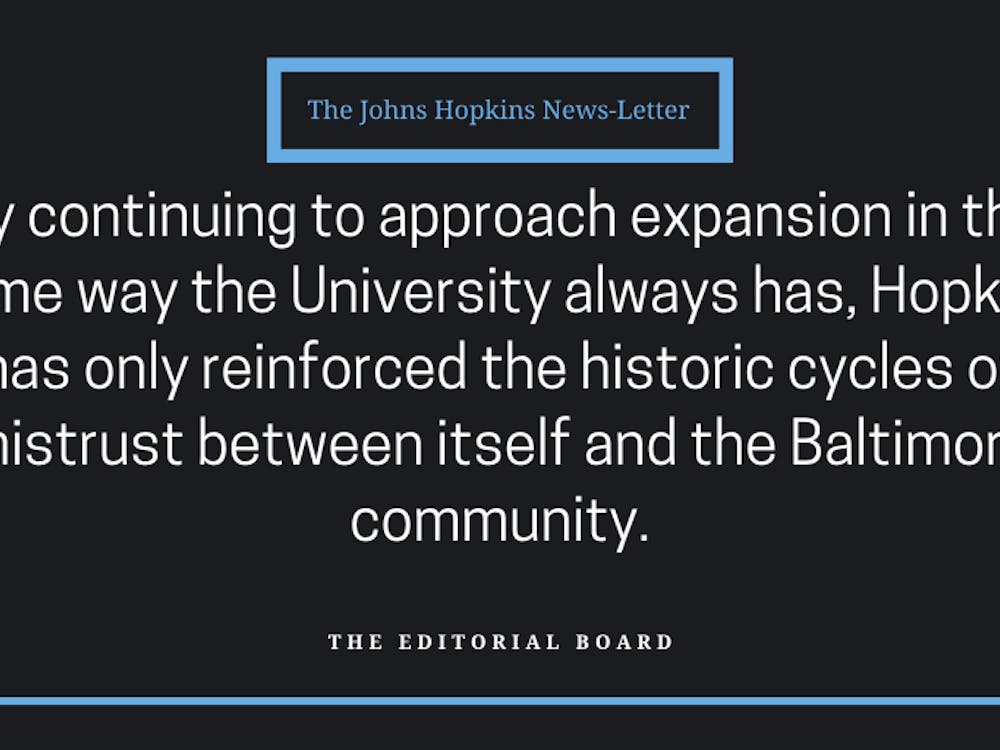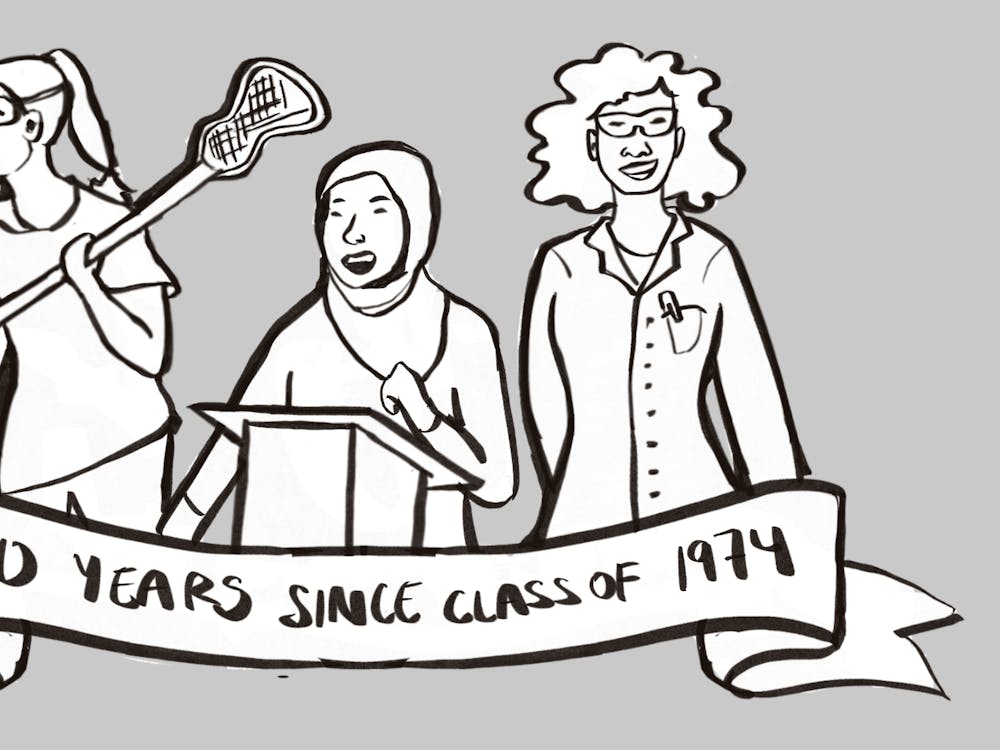This has been a difficult week for students and residents in Baltimore, and amidst the frustration, the violence, the confusion and the anger, we understand that different students may have their own ways of responding to the traumatic events. Students inevitably have varying personal stakes and ideals relating to the events following Freddie Gray’s death.
Students have reacted in many ways to the events that have been transpiring around campus. Some were inspired by displays of unity in the city and traveled downtown to help clean up and rebuild the locations destroyed by riots and violence. Other students decided to demonstrate against the city police force, participating in protests both downtown and on campus. Some students turned to religion for understanding and healing; approximately 200 students attended the “Prayer for Baltimore,” a non-denominational event held on campus Tuesday.
Although different people have vastly different methods for dealing with the events of the past week, the Editorial Board believes there are multiple avenues that all work toward the same end. One student’s methods may be no more correct or better than another’s. Too often, we have heard students criticize or belittle their peers’ actions and responses to the situation. Some believe that campus activists’ motives are tainted by their social media presences and that these Snapchat stories, Facebook posts, tweets and Yik Yak posts undermine the validity of their thoughts and activism. Others believe that hiding from civil unrest in the safety of dorm rooms is only propagating the problem. Students should not be so quick to judge one another.
The events happening around campus can be frightening and dangerous, and it is perfectly reasonable for students to stay in secure buildings and remove themselves from active participation, especially so soon after the riots started. The potential for a protest or march to turn violent is not unreasonable and can prove a serious deterrent for some. Other students may be worried about finals, dealing with other stressors or just not in the best mental state to deal with a large protest. However, on the other hand, we absolutely understand the motivation some students have to involve themselves in protests and clean-ups and we do wholly support these efforts. In some circumstances, both action and inaction can be understandable and justified — it is simply unfair for students of one mindset to criticize students of the other.
We are at a crossroads as a society and a nation, and regardless of the path by which you choose to act, we must remember the ultimate goal of eradicating institutional racism. This change will certainly not happen overnight, but the current events in Baltimore must provide a stepping stone for reform. As students of the University, we are in the epicenter of a national, historical narrative. The harsh realities of institutional racism and oppression are coming to the foreground, and never before have we experienced these issues so firsthand. We should use this unfortunate situation as a impetus and immerse ourselves in the national discussion. As a community of intelligent thinkers and leaders, fighting institutional racism should be more than a lofty goal; it should be a responsibility.
Editor's note: The editorials this week were written by the 2015-2016 Editorial Board.






















Please note All comments are eligible for publication in The News-Letter.